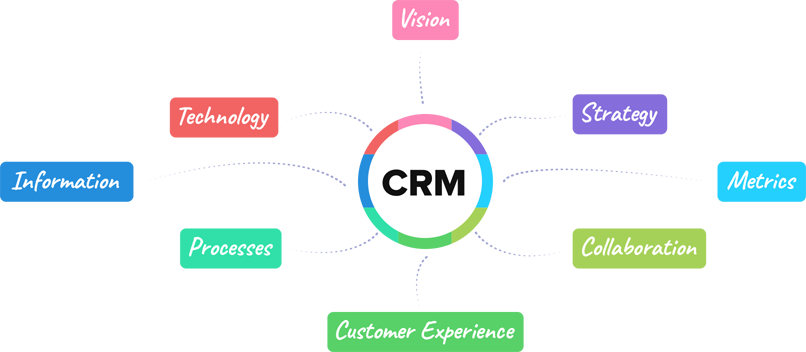Easing Your Transition To A New CRM
A Customer Relationship Management (CRM) system is an essential tool for any business looking to streamline their customer interactions and improve overall customer experience. However, transitioning to a new CRM can be a challenging process for many organizations. The change can disrupt workflows, and employees may feel overwhelmed by the new system.
Here are some tips for easing the transition to a new CRM system:
- Plan Ahead:
Before you start the transition, it is crucial to create a detailed plan that outlines the objectives, timeline, and resources required. This will help you to stay organized and focused during the transition process. Involve all stakeholders in the planning process, including employees, management, and any external partners, to ensure everyone is on the same page.
- Get Buy-In from Employees:
One of the biggest challenges in transitioning to a new CRM is getting employees on board. They may feel overwhelmed or intimidated by the new system, and they may be resistant to change. It is essential to involve employees in the planning process, listen to their concerns, and provide them with training and support to help them understand the benefits of the new system. This will help to foster a sense of ownership and buy-in among employees, making the transition process smoother.

- Provide Training:
Training is an essential part of any CRM transition. It is important to provide employees with the knowledge and skills they need to effectively use the new system. This can be achieved through a combination of online tutorials, in-person training sessions, and hands-on practice. It is also important to provide ongoing training and support as employees continue to work with the new system.
- Integrate with Existing Systems:
Many businesses rely on other systems, such as marketing automation tools or accounting software, to manage different aspects of their operations. It is crucial to ensure that the new CRM integrates seamlessly with these existing systems to avoid disruption to workflows and ensure data consistency.
- Test and Evaluate:
Before fully implementing the new CRM, it is important to test it thoroughly and evaluate its effectiveness. This will help you to identify any potential issues or areas for improvement and make any necessary adjustments before the system is fully rolled out.
Conclusion:
Transitioning to a new CRM system can be a challenging process, but with careful planning, employee engagement, and training, the transition can be made smoother and more successful. By taking the time to understand the needs of your business, and working closely with employees, you can ensure that the new CRM system is fully adopted and effectively supports the goals of your organization.

